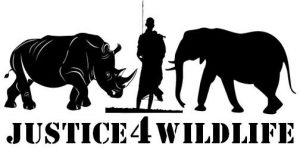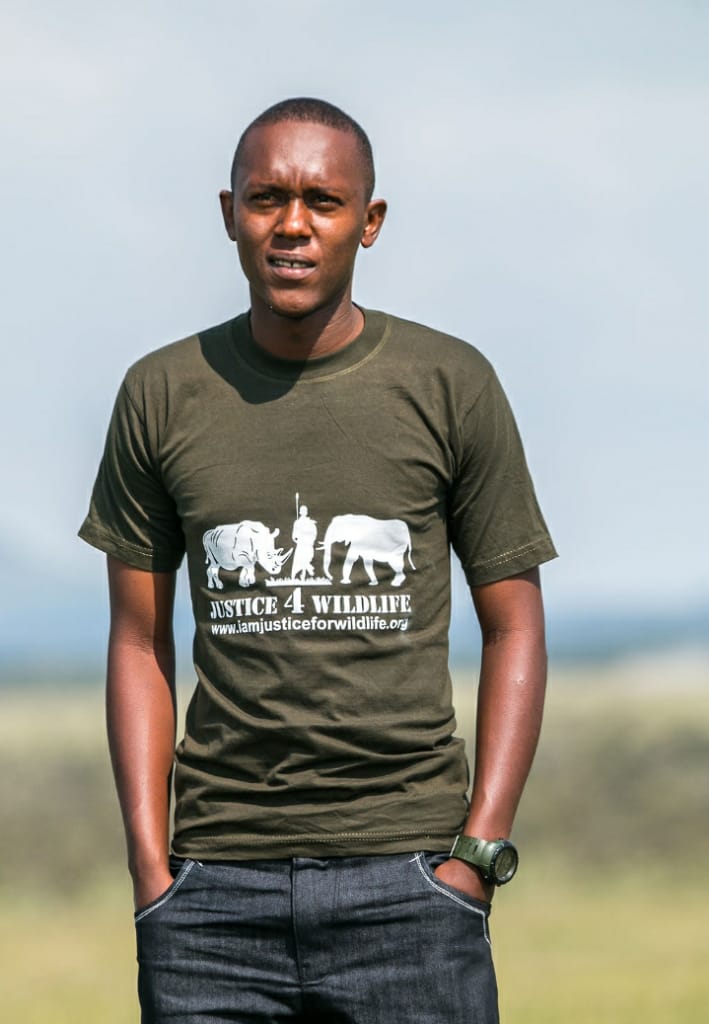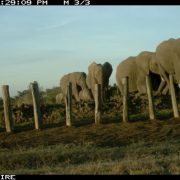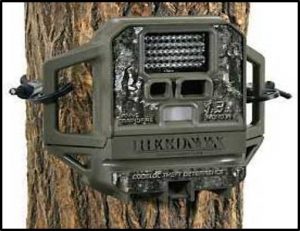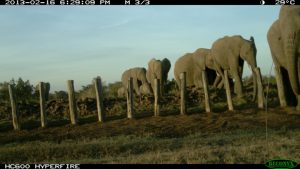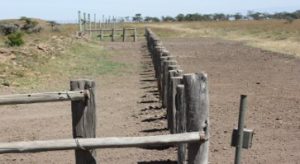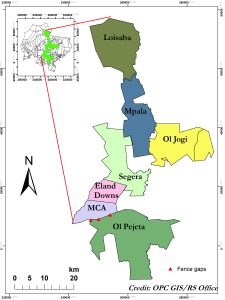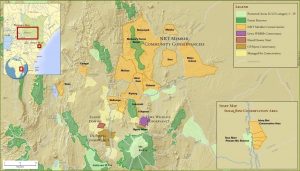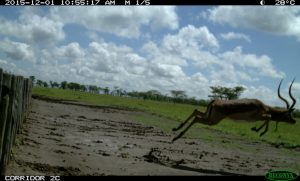Young people are stepping out to make a positive difference in the conservation of nature and wildlife all across the world.
With the many challenges facing our environment becoming more pronounced, we need more young people in every household to have a successful career in conservation thus promoting the conservation of nature and wildlife.
However, the number of students taking up a conservation-related course in Kenya has drastically reduced. To be able to change this narrative, Biophilic Conversations will be hosting the first-ever Conservation Careers Fair in Kenya in 2020.
Networking and making important professional contacts are often the most important components of any successful job search. The Conservation Careers Fair Kenya will bring together different potential conservation organizations and prominent Kenyan training institutions offering environmental and conservation-related study programs. This will create a platform for young people in conservation and employers to connect.
The careers fair is for any young Kenyan who wants to spend their career promoting coexistence between our wildlife and people and develop sustainable ways to ensure we live in a planet where both people and nature thrive. For students, this will guide them in a successful conservation career.
“It is still not too late to act. It will take a far-reaching vision, it will take courage, it will take fierce, fierce determination to act now, to lay the foundations where we may not know all the details about how to shape the ceiling. In other words, it will take cathedral thinking. I ask you to please wake up and make changes required possible” – Greta Thunberg
Through this careers fair, Biophilic Conversations aims to cultivate an environment more conducive to participation by young Kenyans, who are the future of conservation in our country. By partnering with various representatives from Kenya’s conservation scene, we will demonstrate to young Kenyans that environmental conservation is a rewarding and viable career path to take.
The event includes career talks, panel discussions and various other engaging activities covering a host of career-related topics that open minds to the opportunities available in this diverse sector.
We need your support to be able to achieve this, if you have links with Kenyan conservation government agency, local or international universities that offer conservation-related courses, local and international NGOs, please drop us an email on info@biophilic.co.ke.
We aim at inspiring the next generation of conservationist and we need your help in every step we take. If you are thinking about a career in conservation, then this is for you.
Feel free to tag the conservation organization you have always wanted to work with, and let them join the Careers Fair.
“For most of history, man has had to fight nature to survive. In this century he has to realize that in order to survive he has to protect it.” Jacques-Yves Cousteau Here we celebrate the unsung wildlife heroes in the grassroots doing remarkable work to conserve our wildlife heritage, Get to learn about wildlife from a ranger/ ecologist in Kenya a freelance eco-traveler, experience the diverse cultures and African heritage from the natives and take an adventure to new destinations to learn about rare attractions that are hardly talked about and to top it all up some of the best wildlife photographs that will make you reconnect to your wild side appreciate everything around us and fall in love with the natural world, because “It is not enough to love the natural world; the point is to defend and preserve it.” Edward Abbey
Our wildlife, our responsibility. When it comes to standing up for our wildlife it’s better to be outspoken than unspoken.
